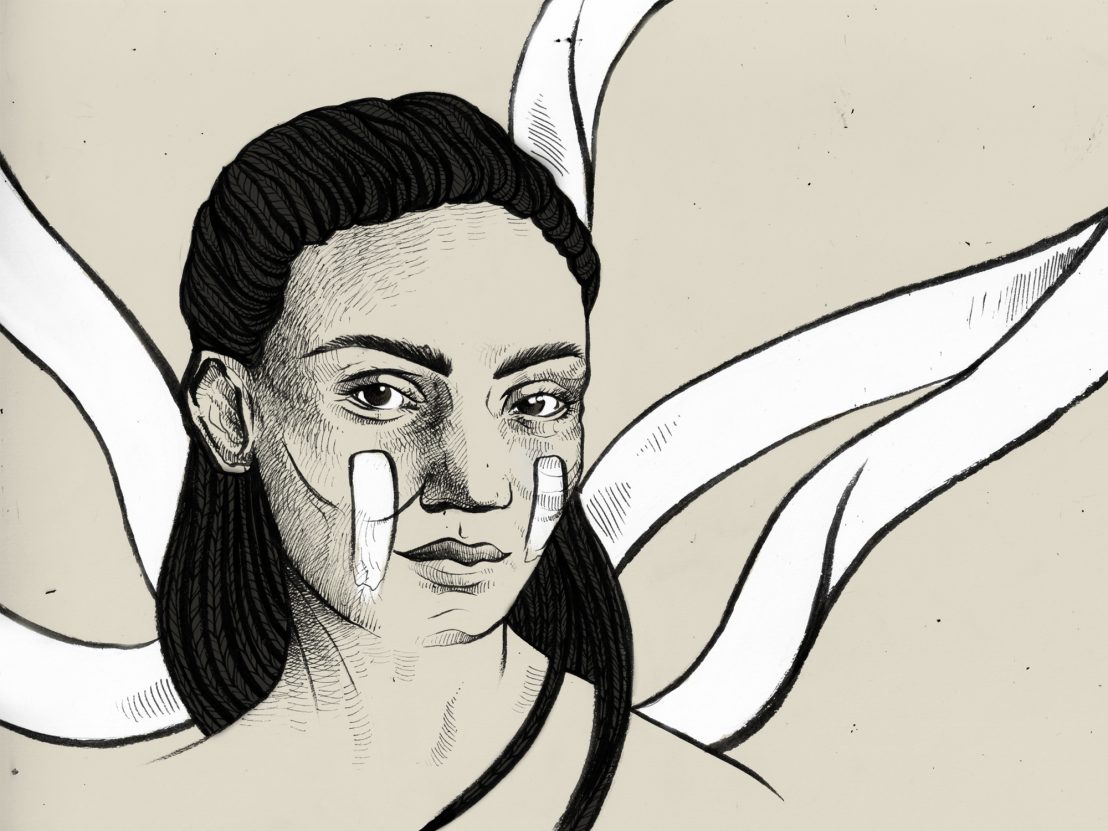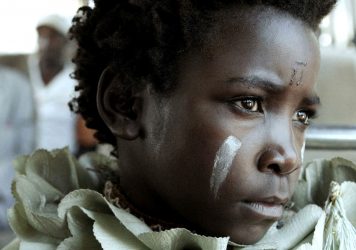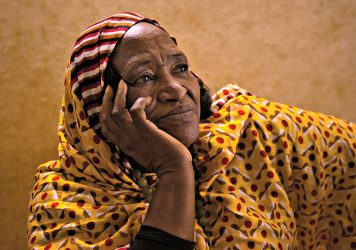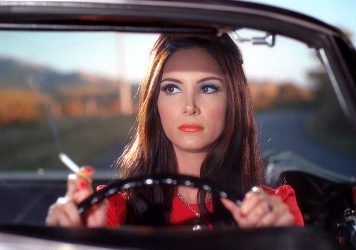
The Welsh-Zambian director discusses her impressive debut feature I Am Not a Witch.
I Am Not A Witch is the triumphant feature debut from Welsh-Zambian writer/director Rungano Nyoni, one which has been praised for its striking use of imagery and bold sense of humour to present something entirely new. Set in the Zambian countryside, the film follows eight-year-old Shula (Maggie Mulubwa), who is exiled from her village and sent to a neighbouring witch camp. We caught up with Nyoni, a self-deprecating and wonderfully dry woman, to talk voodoo, Isabelle Huppert and how to get what you want.
LWLies: You were in your late teens when you decided that you wanted to make films, what was the driving force behind that?
Nyoni: I borrowed The Piano Teacher from the world cinema section of the library because I liked the picture on the front. Now it’s one of my favourite films. I wanted to be just like Isabelle Huppert; her performance had a huge effect on me. I quickly realised that I couldn’t be like Isabelle Huppert because I’m not a very good actor, but I was still curious about the directing. That was a big turning point for me, realising that if directing is done very well it can have a real effect on people.
And you’d decided that the only way to make this film was as a satire?
In the end, I’m not necessarily sure that satire was the best choice. People don’t know the continent of Africa that well, only through third hand ideas. I used Dr Strangelove as a point of reference. I really loved how Kubrick approached satire, but people don’t have a point of reference for Africa, they can’t distinguish between satire and what it’s really like. With Dr Strangelove, people laugh because they know that it’s absurd. In my case, even though everything is fictionalised, I wanted to show Zambian humour and how we deal with tragic events, which from the outside may seem very inappropriate. But it’s the humour that I wanted to put across without apologising. I am quite an angry person so I have to rein it in and find a different way of expressing it.
The spools of white ribbon used to tether the women, where did that come from?
In real life, when you’re accused of being a witch you’re given these rules that you have to live by. The rules are different depending on where you’re sent to, and the person who’s running the outfit. The one that I visited in Ghana, for example, had an invisible shrine, which could only be seen and controlled by a witch doctor, not the witches, funnily enough. There are constructs everywhere; there are places in Ghana where they paint a line and tell you that you can’t go around it or else you’ll die. So I put these constructs together and decided that it had to be a ribbon, which was fragile but the women still believe in its power and allow it to control their movements.
What was the significance of the Western influences in the film?
I wanted to show that this was the now, that the film is contemporary. The belief part of witchcraft I don’t have a problem with, you can believe in whatever – paganism, witchcraft, voodoo. But then there’s the bad stuff, like a reason to oppress women. They found a way to repress women through spiritual belief, they found a way to control them. It’s just that, it’s just controlling these women. It’s like female genital mutilation, people saying it’s just what they do in their culture. It’s not, it’s controlling women and their movements and it’s painful and horrible.
You visited a witch camp in Ghana and spent time with these accused witches. What were your first thoughts when you entered the camp?
It felt very safe, the women were helpful, and it struck me how pretty this particular camp was. I went there because it was the oldest and the most organised witch camp. I thought I would see some resistance; there was a third generation witch watcher standing over them like a shepherd, and making sure that they went out to work. But it felt like an ordinary African village, just populated by women.
There are so many layers to the film. How much did you tell Maggie Mulubwa about what was going on around her?
I did the same with her as I did with the other actors because I don’t tend to use a script. They knew roughly what the story was about, but we took it scene by scene. I would tell her the scenario and ask her how she would react. Sometimes she would tell me, but when she got the hang of it she just went and did it. She figured it out herself. She was very smart. She is very smart.
What experience from this project will you take on to your next?
I’ve learned to go after what I want without being girly about it. My mother warned me not to be girly, don’t be apologetic or be polite. I realised that sometimes you just have to say, ‘This is what I need, how can I do this?’ rather than feeling guilty, or bad, or afraid, or thinking that you look like a bitch. That was hard, it took me a long time, and I had to build that into my vocabulary. It was a big, big thing.
I Am Not a Witch is released in cinemas 20 October.
Published 19 Oct 2017

Modern-day African witchcraft is viewed through a child’s eyes in this intriguing debut from Rungano Nyoni.

By Helen Reid
Four titles playing at Film Africa in London showcase African filmmakers finally telling their own stories.

By Elena Lazic
With this retro-styled gem, director Anna Biller provides a sumptuous response to ’70s sexploitation horror.